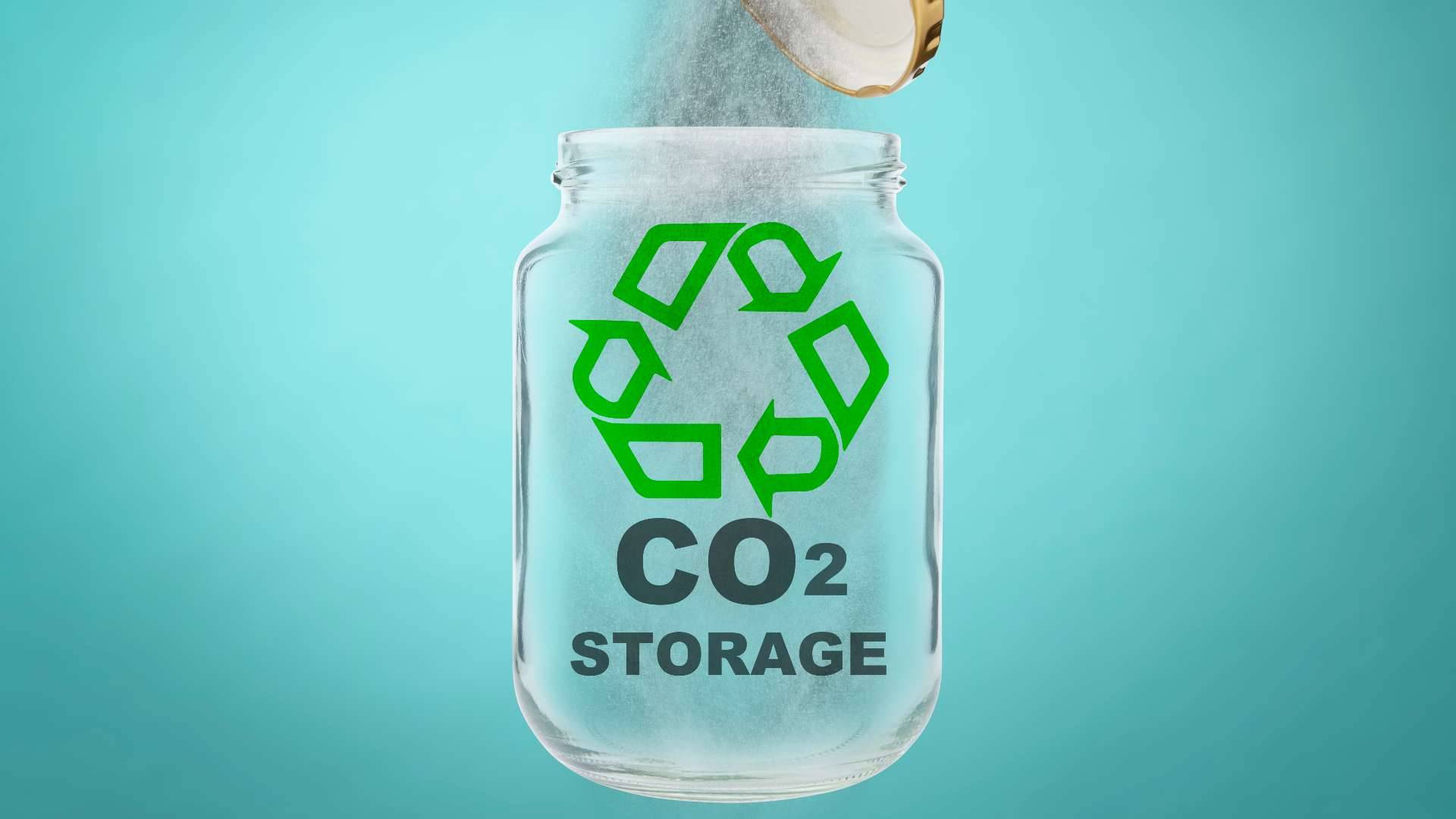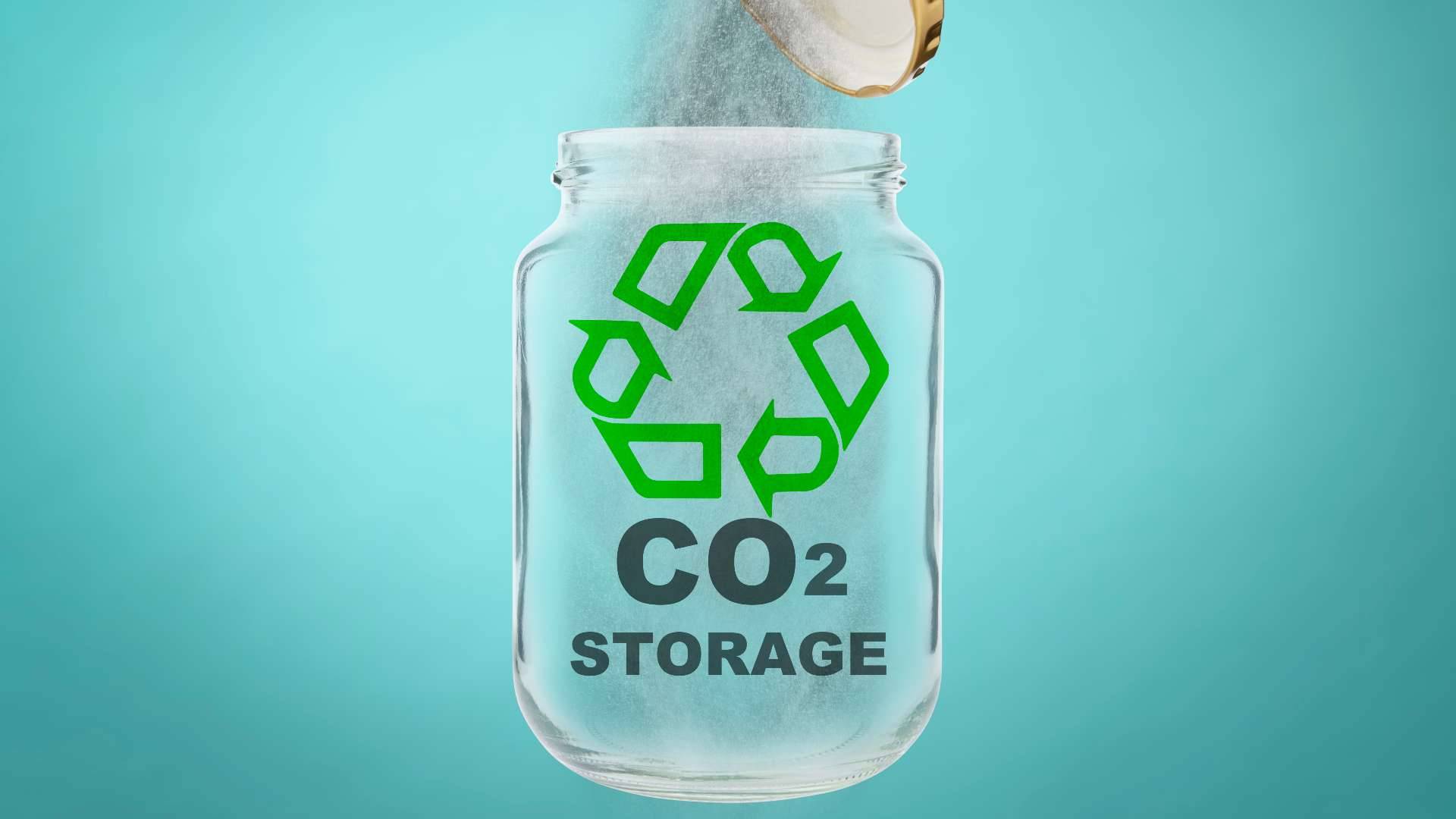
Innovations in carbon capture
ARTICLES | Dec 10, 2021

Innovations in carbon capture, storage, and recycling offer a route to help save our planet from climate change.
The pressure to reduce CO2 emissions or use carbon capture and storage (CCS) technologies is rising amid tougher international goals.
Technology for capturing carbon from industrial processes and the atmosphere has developed continuously. The challenge is to make it cost-effective and scalable for global application as soon as possible to achieve the 2°C target, involving at least 1 billion tonnes of industrial carbon per year by 2030. In 2019, there were 19 active CCS systems, with 4 under construction and 28 in various stages of development.
In addition to CCS technology, there are high expectations for capabilities from plants and bacteria such as E. coli.
Implications for the future
- CCS can reduce CO2 in the atmosphere, protecting human well-being. Power plants with CCS will counter climate change.
- Implementing CCS can bring many more benefits, creating many new jobs, both low- and high-skilled. Captured CO2 can be used to strengthen concrete, increasing the durability of infrastructure, and help make chemicals and plastics such as polyurethane.
- The world needs solutions to the global temperature crisis. Solving the problem can start with education and awareness of its causes, until the public and private sectors can together help maintain a stable climate.
Sources: https://www.theguardian.com/.../super-plants-climate..., https://news.climate.columbia.edu/.../co2-utilization.../, https://www.timesofisrael.com/in-possible-climate.../, https://www.nature.com/articles/s41467-019-10842-











